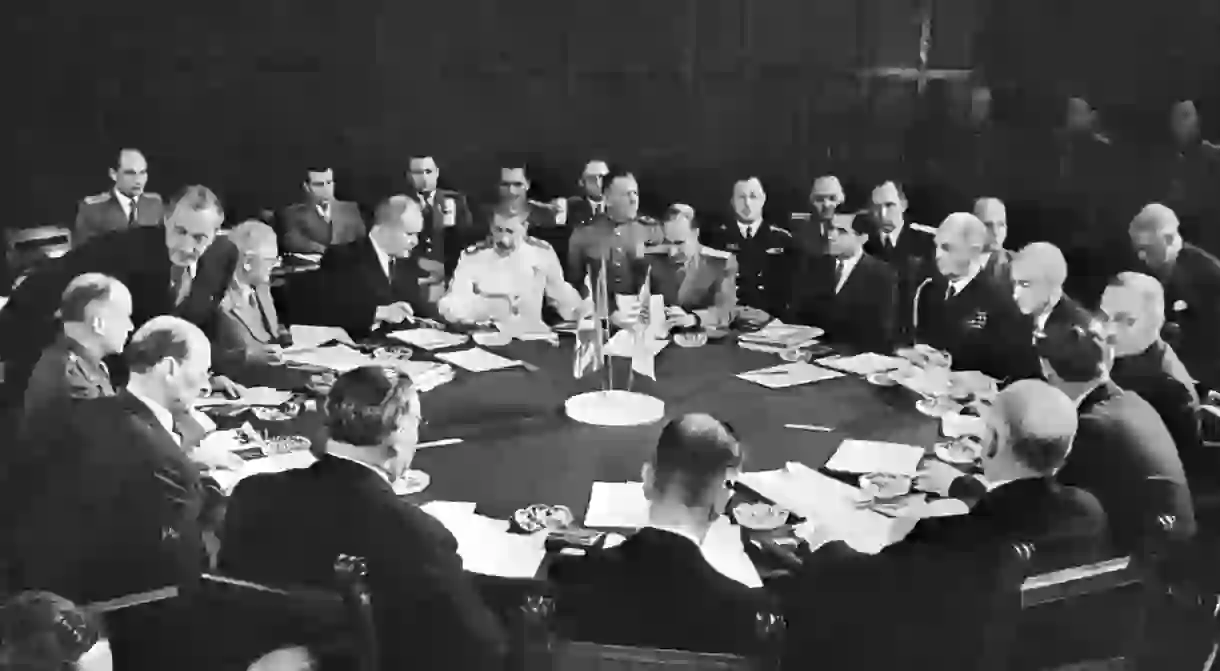How World War II Came to an End

World War II lasted for six long years, from 1939 until 1945. During that time, upwards of 70 million lives were lost in the conflict between the two global military alliances: Great Britain, France, the United States and the Soviet Union forming the Allies; and Germany, Italy and Japan being the Axis. Culture Trip looks back on history to remember how it all came to an end.
There are a few dates that represent the end of World War II. It begins with a surrender from Germany, is sandwiched by a meeting of the Allied leaders – Winston Churchill and Clement Attlee (Great Britain), Harry S. Truman (United States) and Joseph Stalin (USSR) – and concludes with a surrender from Japan, following a cataclysmic double-whammy of atomic bombs dropped by the United States.
Germany surrenders on 7 May 1945
As the Soviet forces closed in on Nazi Germany’s leader Adolf Hitler, suicide was his only way out. In the time between his death on 30 April and 7 May 1945, negotiations had been made between the new head of state, Karl Dönitz and the Allies. The Germans were surrendering. There was victory in Europe. Winston Churchill announced a national holiday: Victory in Europe Day. Street parties and celebrations ensued, but the war was far from over.

A post-war world is discussed at the Potsdam Conference, 17 July 1945
With Vice President Harry S. Truman stepping in for Franklin D. Roosevelt who died on 12 April, the Allies’ leaders came together on 17 July 17 to discuss moving forward and rebuilding the world. Among other decisions, they agreed Germany should be demilitarised with criminals of war prosecuted, while they formed a Council of Ministers to prepare peace treaties with Germany’s former allies.

The United States drops atomic bombs on Japan, 6 and 9 August 1945
There was no turning back when the United States made its final move: dropping two atomic bombs on Japan over three days. It was the crescendo that marked the end of the world war. The first bomb “Little Boy” was dropped on Hiroshima – flattening it and killing at least 70,000 people that day, with radiation poisoning killing many more. Meanwhile, the second “Fat Man” devastated the city of Nagasaki – killing 80,000 from the explosion and radiation. It left Japanese Emperor Hirohito no option but to surrender. He did so on 15 August 1945.














